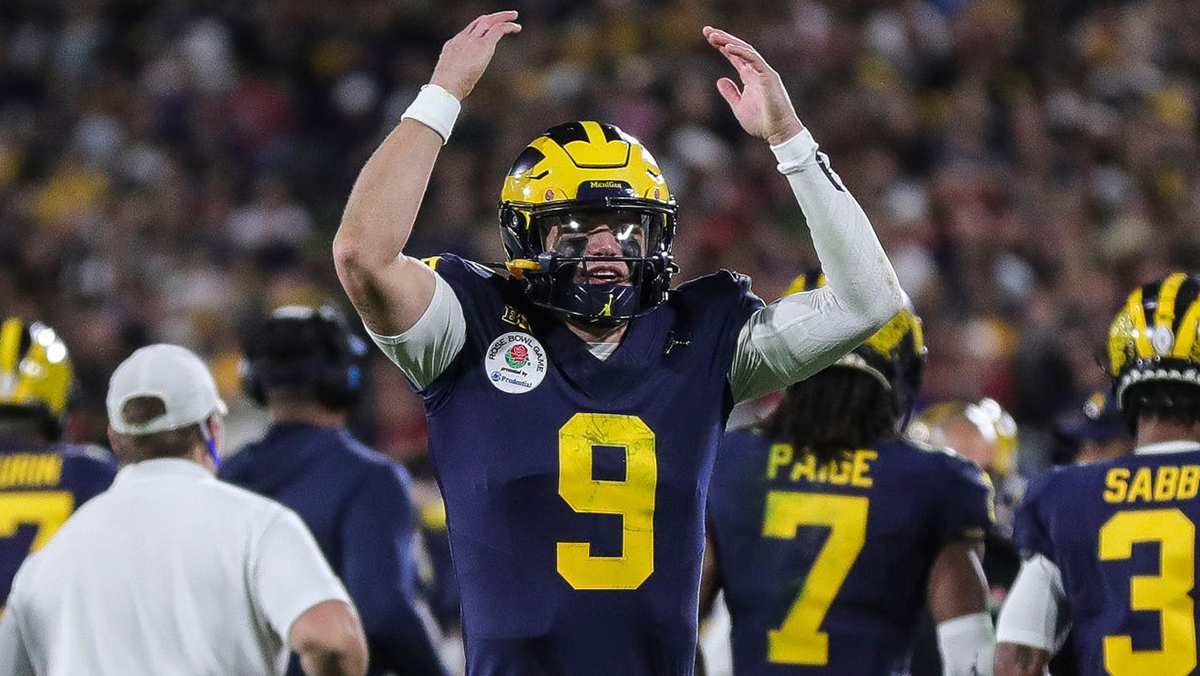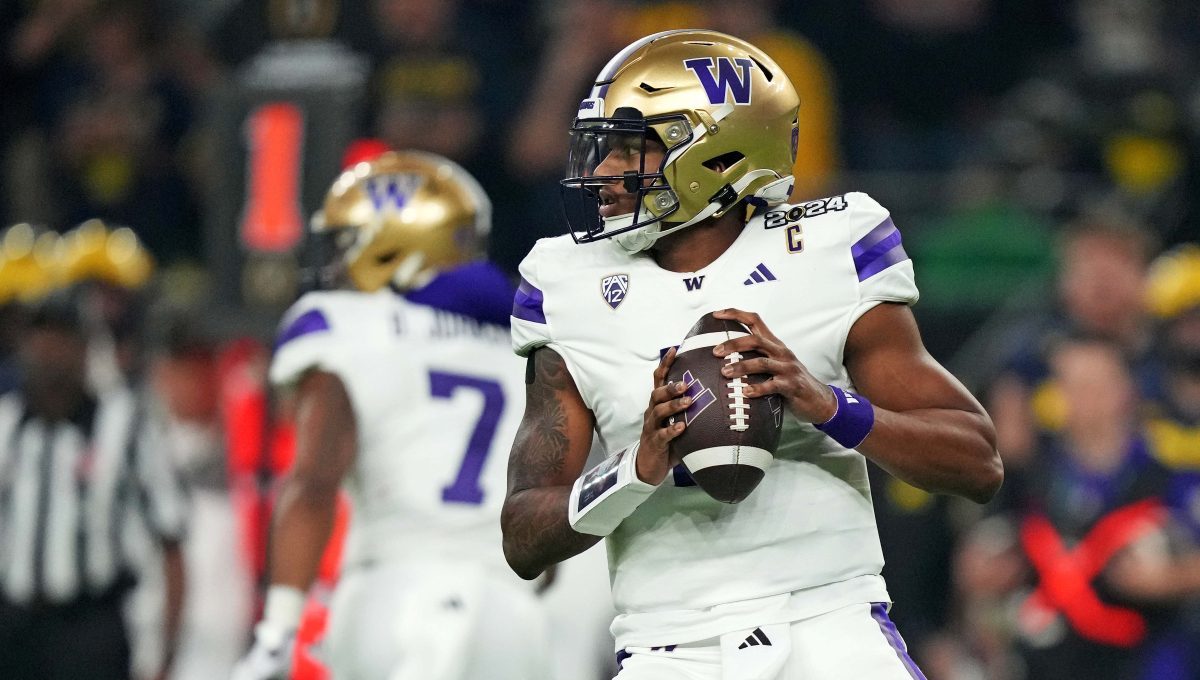Everything that happened at the end of the most fascinating Super Bowl of all-time – Super Bowl 49 – came to pass because of timeouts taken and not taken in the final two minutes.
There was the one Seattle wasted after a first-down incompletion coming out of the two-minute warning (I still can’t fathom how a staff lets that happen). There was the one used after the quintuple-bounce completion to Jermaine Kearse. With only one timeout remaining and the clock ticking, the Seahawks playcalling was totally altered and led to the decision to throw on second-and-goal from the Patriots 1 rather than run.
Meanwhile, the timeout not taken by the Patriots prior to that second-down play was just as big a head-scratcher at the time. What was Bill Belichick thinking? He explained it in the Do Your Job documentary focusing on the 2014 Super Bowl. Basically, it was a feel thing.
A similar end-of-game timeout scenario arose Sunday night in the same stadium. This time – after watching what his opponent appeared to be up to once again – Belichick used a timeout.
MORE - Belichick explains why he waited to call timeout in final minute vs. Cardinals
These kind of calls are so fascinating to me because – even when they seem obvious (the Seahawks ran the clock down from 1:06 to :26 in the Super Bowl – Belichick is weighing other factors. Had the Seahawks run it in on that second down and kicked off, the Patriots would have gotten the ball around, say, their 30 with about 20 seconds left for Tom Brady. Belichick would have been vilified.
How does he make the decisions? Asking Belichick on a Tuesday conference call resulted in a 1,300 word answer that consumed nearly eight minutes.
New England Patriots
There really is no way for me to distill his answer and make it more interesting than his original response so here it is. . .
“There are so many factors in football that it’s really hard to find two situations that are the same. Even in some situations that are similar there’s usually something in there, the conditions on the field, or the game, or the wind, or something else that adds another variable in there besides just point-differential and time and timeouts.
“But I would say even with the three timeouts involved, which could be three, two, one, zero, so there’s another four possibilities there and the field position and, again, the score spread, the differential in points. There’s really a lot of moving parts there, a lot of factors.
“But like just for example on a simple thing like two-point conversion chart, you can’t necessarily get everybody to agree with that and you’re talking about we can tell what the score is, like how many points you’re behind by or ahead by, about just whether to go for two or not. Forget about everything else and we can’t even all agree on that in certain situations.
MORE - John Feinstein: Bill Belichick deserves more credit than Jimmy Garoppolo
“When you put it all together, again, we have our guidelines and there’s certainly a feel, if you will, for certain things. There are certain teams that based on how good or maybe how not good they are in certain situations that would incline you to do one thing more than another, versus that same situation against another team with the strengths and weaknesses matched up a little bit differently.
“I’ve always felt like going for it on fourth-down had a lot more to do with how confident I was in the play that we were calling as opposed to really anything else. If we felt like we had a good play then you’re inclined to go for it in the first quarter, in the fourth quarter, whatever the score was. Not to be reckless about it but if the situation came up and you felt like you had a good play then that was a situation we wanted to do it in. If we didn’t feel good about it then [we’re] just not as inclined to do it. Then again, there are definitely some strategical situations that trump all of that, but just sort of as an example that’s one of the things that can go into it. I think it’s an ever-changing thing. I don’t know that this week’s the same as last week or if last week is the same before that. They’re all different.
“Again, we have our guidelines that we try to follow. I always try to alert the coaches as to what I’m going to do so that they don’t get surprised or get caught off-guard. We’ve seen some of those situations before between the quarterback and the offensive coordinator and the head coach. Maybe not everybody understood exactly what they’re trying to do. We try to definitely avoid that at all costs. Even if it doesn’t work or we don’t do it right at least we all know what we’re trying to do and there’s not a miscommunication there, but that’s not the easiest thing in the world either because those situations can change in a hurry. It can go from third-and-10 to fourth-and-one in a matter of seconds and now you’re in a whole different ballgame, especially if the quarterback or the offensive coordinator isn’t expecting to go for it and then all of a sudden is, that kind of thing.
“A lot of it is just basic communication and making sure that I think the players understand what we’re trying to do in certain situations regardless of what the play is that’s called. Just to understand what the situation entails, what are the most important points of an individual situation. It’s interesting how after all of these years and we’ve been together as a staff, a lot of us for a long time, double-digit years in some cases and so forth, and still every week there are new situations that somebody will bring up, or will come up in another game, or something that we’ll talk about and kind of review our strategy and just say “Well, this is normally what we would do here, but you know, the way that situation came up – that’s not really quite what we want. We want something just a little bit different than that,” whether that’s a play or so forth.
“I thought it was certainly interesting but not unexpected the way that the Cardinals used the timeouts; trying to conserve the time when we had the ball and willing to deal with fewer timeouts when they had the ball at the end of the game. And I’ve done that before. I’d say that’s not the normal way to do it but I don’t think there’s anything wrong with doing that. You have three timeouts, you use them; whenever you use them, you use them. It’s just a question of strategically when you want to call them. I think there’s a lot of different ways to do it and I’m not sure there’s a right or wrong way on a lot of these things.
“Again, I’d say the most important thing is making sure that you just have it right. That everybody understands what they’re doing, what the strategy is so that you have a chance to execute it. Again, in all honesty it’s not the easiest thing to do. It sounds easy now but when those situations come up in a game and they change quickly it’s a lot harder to do than what it is an hour after the game when you really can sit there and think about it.
“…There’s no question that the timeouts are a lot more valuable at the end of the game than they are at the end of the first half.
“I’m not saying they aren’t valuable at halftime but if you use a timeout in the first quarter or the second quarter to get a play right or a substitution, whatever it is, even though you don’t want to use it – nobody wants to waste timeouts – but sometimes things happen and how much is that timeout really worth in the first half?
“There are definitely times when you wish that you had them but they’re nowhere near as valuable as they are at the end of the game and you never want to waste them. I’m not saying that. But using them in the first half is one thing and will those timeouts ever really come into play at the end of the first half?
“On a percentage basis it’s not that high. They’re always going to come into play at the end of the game. It’s just a question of which team is going to use them. I think there’s a whole different priority and importance to those at the end of the game.
“Like for example, the one that we used at the end of the game to try and help us on defense – had the game gone a little differently we might’ve wanted that timeout. We might’ve needed it on offense but you’ve got to use them when you think it’s the most important and when it will help you. Again, those situations at the end of the game – the same situation at the end of the game and the same situation at the end of the half are actually two different situations.”


